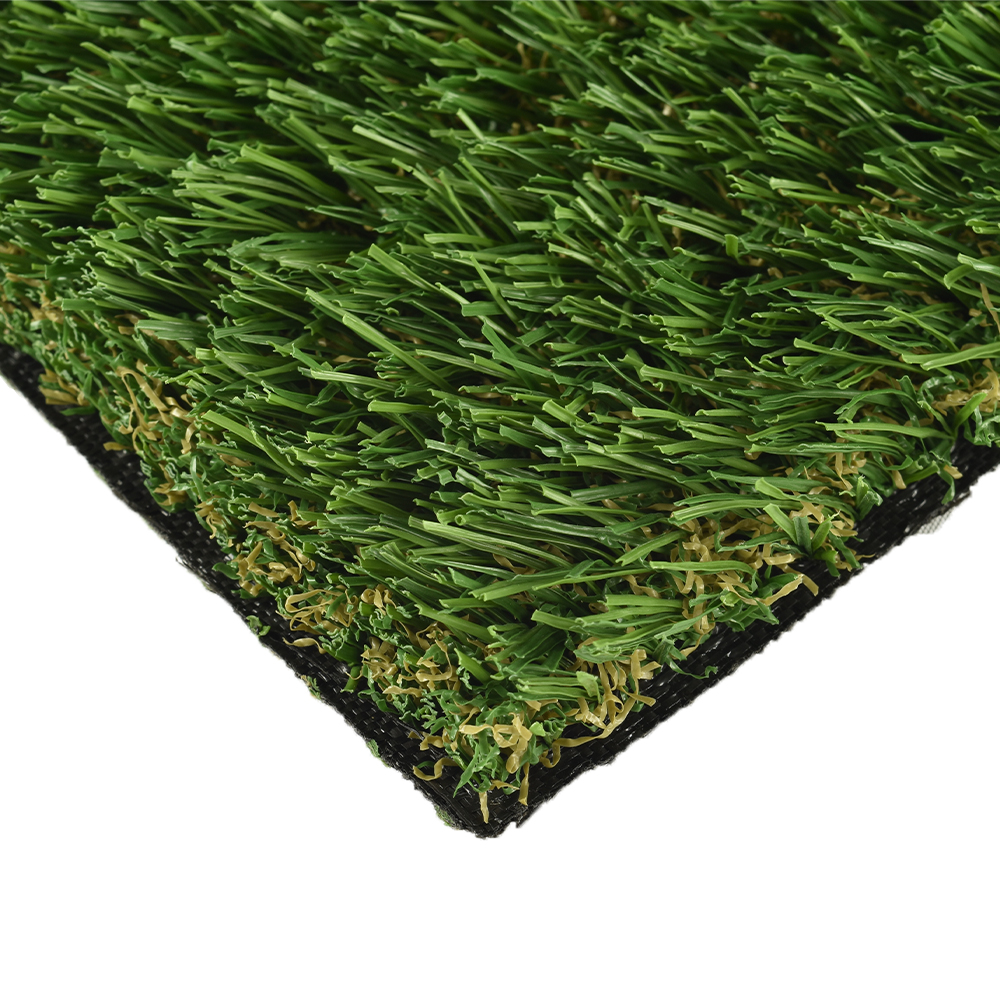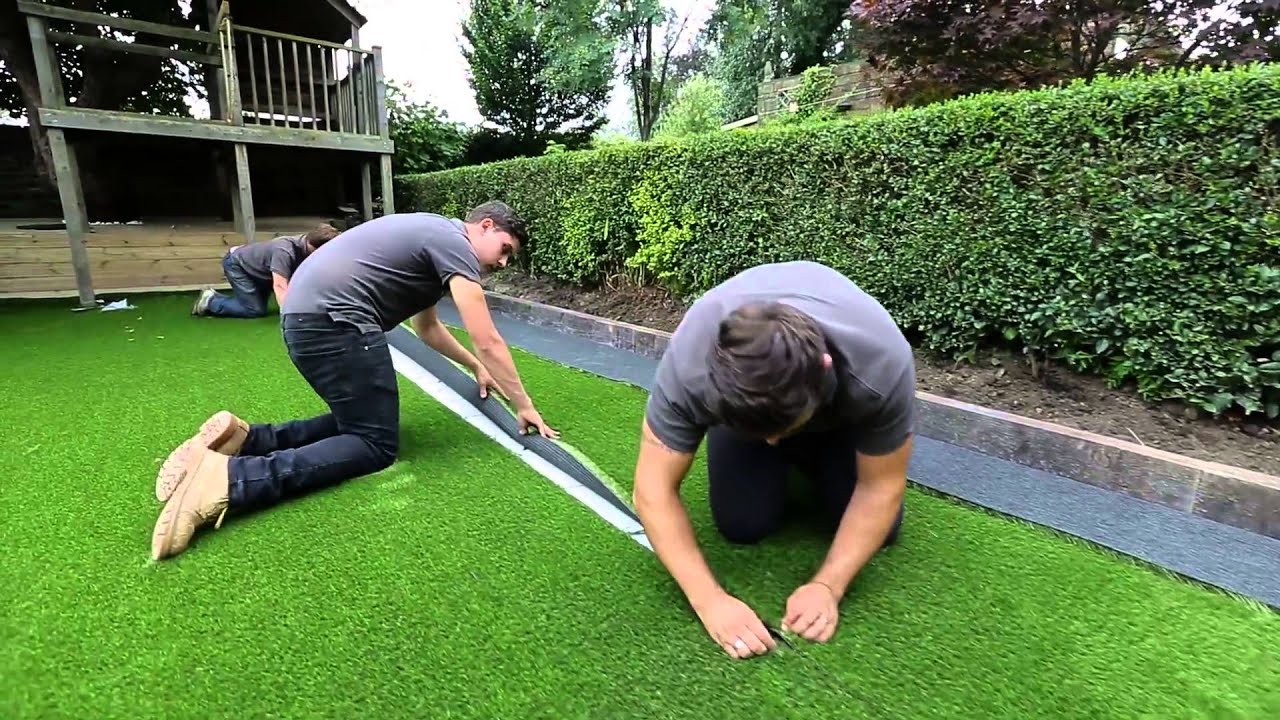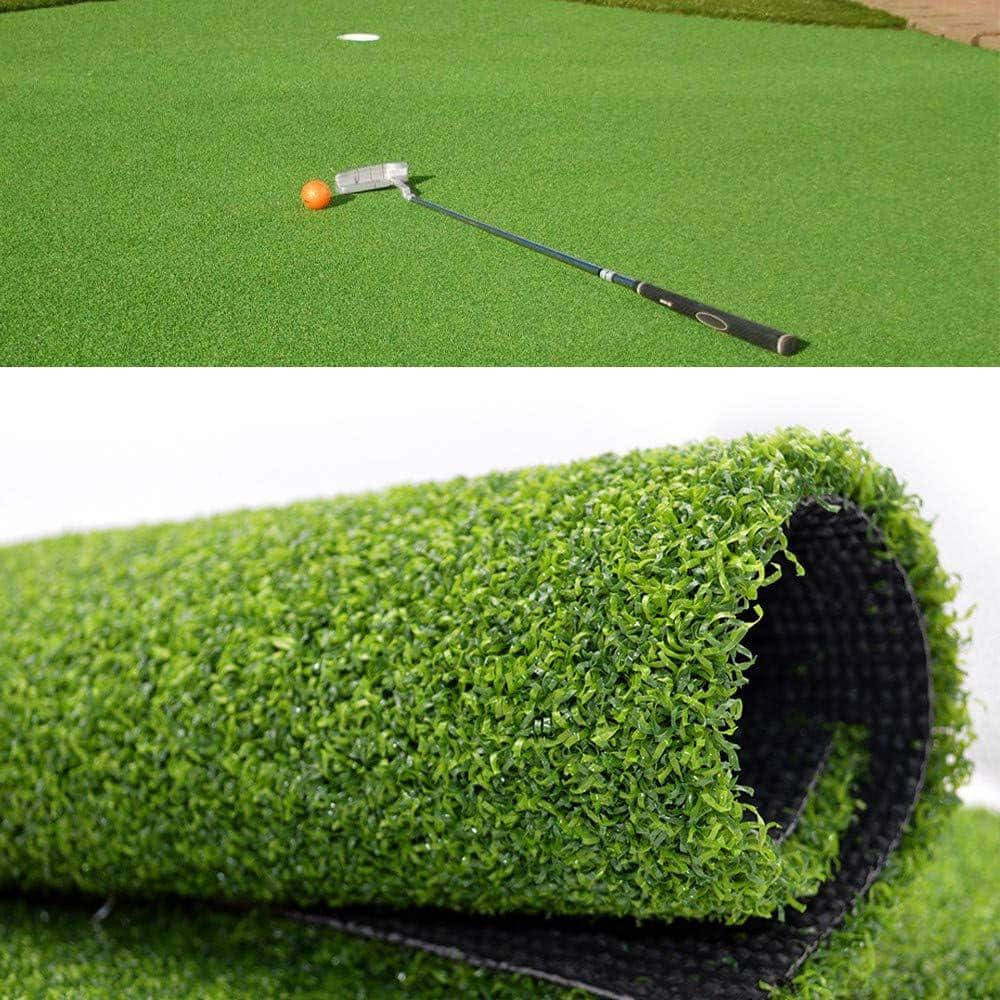Highly-Ranked Phoenix Turf Companies Focusing on Synthetic Grass Options
Highly-Ranked Phoenix Turf Companies Focusing on Synthetic Grass Options
Blog Article
Explore the Environmental Advantages of Opting for Synthetic Grass Solutions
The adoption of synthetic grass remedies presents a compelling chance to resolve pushing environmental challenges. By substantially lowering water use and reducing the application of dangerous chemicals, these alternatives not only promote sustainable landscaping however likewise secure neighborhood ecosystems.
Water Conservation Perks
One of the most significant benefits of man-made grass is its ability to preserve water. In comparison, synthetic turf does not require watering, substantially minimizing the overall need for water sources.
By eliminating the demand for routine watering, fabricated grass adds to sustainable landscape techniques and helps minimize the environmental effect of excessive water usage. Moreover, the preservation of water includes the reduction of drainage, which can lead to soil disintegration and waterway contamination.
Additionally, the installment of artificial grass permits homeowners and communities to allot water resources a lot more successfully, concentrating on crucial uses such as drinking water and farming. The shift in the direction of synthetic grass not just advertises liable water usage yet also lines up with broader ecological goals intended at protecting natural sources.
As communities increasingly prioritize sustainability, the water conservation benefits of synthetic grass provide an engaging situation for its fostering in industrial and property landscape design jobs.
Minimized Chemical Usage
The shift to man-made grass substantially lowers the dependence on chemical therapies frequently utilized in natural turf maintenance. Traditional turf management normally includes the application of herbicides, chemicals, and plant foods to advertise development and control insects. These chemicals can position threats to human wellness, regional wildlife, and the environment, adding to dirt and water contamination.
On the other hand, synthetic grass gets rid of the need for these harmful compounds. When installed, it calls for very little maintenance, mostly containing regular cleansing and irregular infill replenishment. This decrease in chemical usage not just benefits the prompt atmosphere however also adds to broader eco-friendly stability. By minimizing the launch of synthetic substances into the ecosystem, fabricated grass advertises healthier dirt and water systems.
Furthermore, the lack of chemical overflow associated with fabricated turf installments helps secure regional rivers from contamination, supporting aquatic life and preserving biodiversity. Phoenix turf companies. As communities significantly prioritize sustainable methods, choosing fabricated grass presents a viable remedy that lines up with environmental preservation goals. Via this change, building owners can enjoy lavish green rooms without endangering ecological health and wellness, leading the means for an extra sustainable future
Lower Carbon Footprint

In addition, the installation of synthetic grass can result in significant water conservation. Natural lawns call for substantial amounts of water for watering, which not just includes to the carbon footprint associated with water extraction and treatment but also stress local water sources. On the other hand, synthetic grass needs very little maintenance, requiring no watering, consequently dramatically minimizing water usage and its linked power costs.
Furthermore, the longevity of synthetic grass adds to its reduced carbon influence. With a lifespan of approximately 15 years or more, the requirement for constant substitutes is decreased, leading to less waste and reduced power intake in manufacturing and throwing away standard yard options. In general, artificial grass offers a lasting alternative for ecologically mindful landscaping.
Habitat Conservation
Habitat conservation is a crucial consideration in the debate over landscape design selections, especially when contrasting artificial turf to natural yard. Natural yard lawns typically require substantial upkeep, including making use of herbicides, chemicals, and fertilizers, which can negatively impact regional ecological communities. These chemicals can leach right into the soil and waterways, harming native flora and fauna and interrupting neighborhood environments.
Artificial grass removes the requirement for hazardous chemicals, thus safeguarding neighboring wildlife and preserving the integrity directory of bordering environments. The installment of man-made grass can lead to the conversion of previous lawn areas into more biodiverse landscapes, such as pollinator yards or native plant areas, which can sustain local wild animals.
Inevitably, the shift to fabricated turf not just saves water and decreases maintenance initiatives yet likewise promotes a much more unified relationship in between human tasks and the natural environment, advertising habitat preservation while doing so.
Long-Term Sustainability
Lasting sustainability is an essential aspect in examining the benefits of synthetic grass over typical lawn yards. Among one of the most significant benefits of synthetic turf is its toughness; it can last as much as 15-20 years with marginal maintenance, whereas natural turf calls for regular reseeding and substitute. This durability lowers the demand for consistent sources, such as water, plant foods, and chemicals, which are essential for preserving a healthy turf lawn.
Additionally, synthetic grass adds to a reduction in carbon discharges related to yard care equipment. Standard grass often need gas-powered mowers, trimmers, and blowers, every one of which contribute to air contamination. Artificial turf companies phoenix. On the other hand, fabricated lawn gets rid of the requirement for such tools, advertising a cleaner setting
Moreover, the production of synthetic grass significantly makes use of recycled materials, boosting its sustainability profile. As producers take on eco-friendly practices, the environmental footprint of man-made lawn continues to lessen.

Verdict
The adoption of artificial lawn services presents substantial environmental advantages, including considerable water conservation, minimized reliance on harmful chemicals, and a reduced carbon footprint. Moreover, synthetic grass help in protecting my site all-natural habitats by decreasing land disruption and advertising lasting sustainability with making use of resilient materials. Collectively, these variables emphasize the capacity of artificial turf to add positively to ecological wellness and use a feasible option to traditional landscape design methods in a progressively resource-conscious world.
In contrast, man-made lawn does not require watering, dramatically minimizing the overall demand for water sources. By lessening the launch of synthetic compounds right into the environment, man-made lawn promotes much healthier soil and water systems.
Furthermore, the installment of man-made lawn can result in considerable water conservation. In comparison, synthetic lawn requires very little maintenance, requiring no watering, therefore dramatically decreasing water use and its associated energy prices.

Report this page